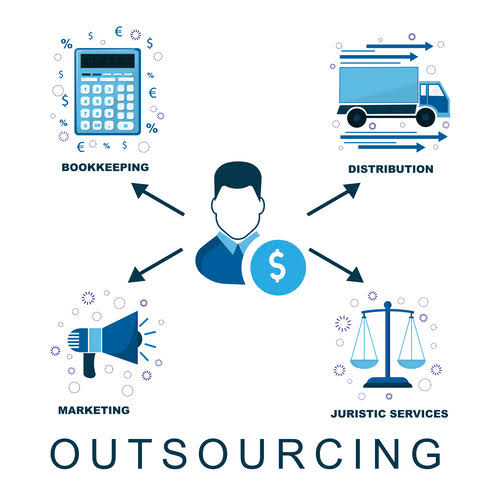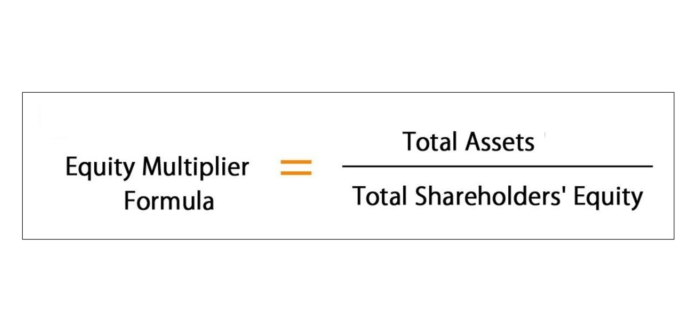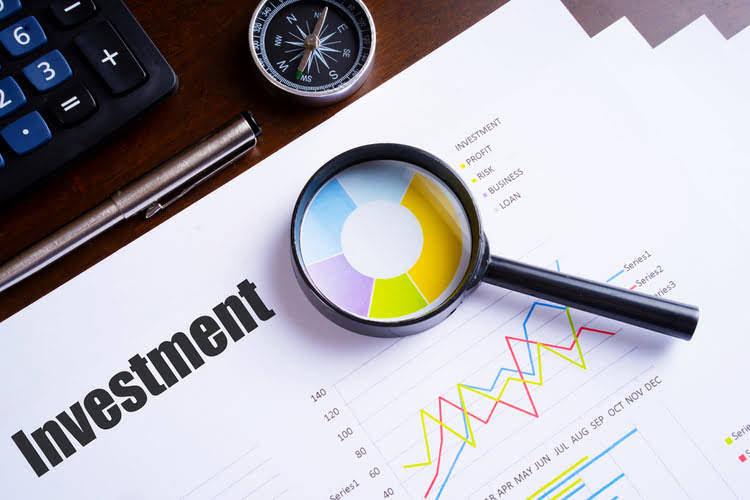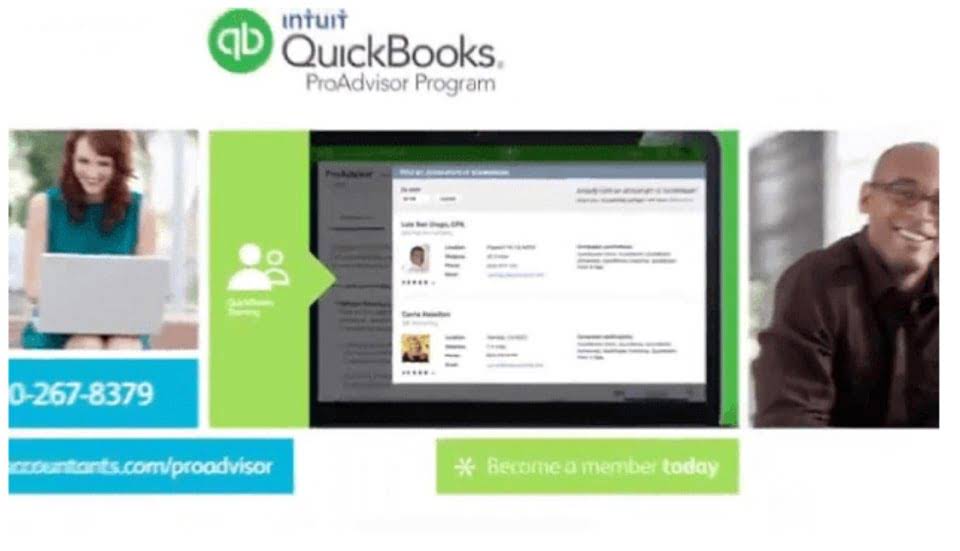
All other church employees are acting as “non-ministry employees” and should be treated as such, as further discussed below. Like any employer, a church should obtain and keep standard information and documents (including Form W-4 and Form I-9) from its employees. Or perhaps you want to learn how to correctly file W-2s and 1099s for your church. In that case, the W-2 and 1099 applet in our Management Suite will give you step-by-step instructions on how to e-file the informational returns for your church. Form W-4 is used to gather the information necessary to withhold the correct amount of taxes.

Services
Yet, while a living wage may differ according to some of these circumstances, we should not think of it as something entirely subjective. In the Church’s view, such a wage must objectively help workers and their families secure daily sustenance (Rerum Novarum §13) and own private property, especially a home, to provide stability for family life (Quadragesimo Anno §61). It should provide enough for adequate education and healthcare (Evangelii Gaudium §92). By now the Catholic Church’s support of a “living wage” (along with the related but differing “just wage”) is well known. In the United States, the position of the Committee on Domestic Justice and Human Development is emblematic in its advocacy for just wages and dignified work for all capable of working.

Do you want fast direct deposits to pay church employees?
Another area where auditors carefully scrutinize is employee’s reimbursement payments. Your general ledger should show what those additional $23,000 in payments were for and if they were taxable or nontaxable or properly classified and posted. Another important document an auditor would request to see is copies of your W-2 and W-3 forms. These forms are so important as it would probably be one of the first things an auditor would request to look at.
Manage Fund Allocations Properly
- Ensure the data is from churches of similar size and budgets, and make sure you adjust the final data for cost of living.
- Rippling is among the best church payroll services for churches that want to automate their payroll, IT, and HR tasks.
- Entrust your budget to more than one trusted individual and regularly check your financial progress and goals.
- However, while it has user-friendly and efficient payroll tools, its church-specific functionalities aren’t as robust as MinistryWorks, which offers church payroll advisers who can offer expert advice.
- That’s why it’s essential to understand what makes church payroll so different from other types of payroll management.
- You must compensate each properly, knowing the rules behind a pastor’s dual tax status and housing allowance.
It also offers full-service payroll processing, unlimited pay runs, health insurance benefit access for all states, and more. You can even use OnPay to calculate clergy staff payments by excluding federal unemployment taxes. We found that Gusto offers all of the features churches would need to facilitate their payroll and tax compliance needs. It’s easy to use and handles tax filings for you, and the price is reasonable when compared to other church payroll services. Churches and ministries have more complicated requirements than general small bookkeeping businesses and need access to clergy tax law and church payroll practice expertise. Depending on your budget, there are different church payroll services to choose from.
- Any benefits such as paid time off or retirement accounts must also be included.
- This will help ensure you are hiring someone who will be a good long-term fit, and will avoid potentially uncomfortable discussions about salary and raises down the road.
- Even though they may work for a specific project or period, they do it on their own schedule.
- In fact, in Baton Rouge, I know most of the responsible parties and find them to be people of goodwill, many of whom recognize the injustice.
Going the DIY route with church payroll is a smart option for those who want full control of the Bookkeeping for Chiropractors process, but don’t have the time or resources to manage every aspect. From same-day direct deposit to manual checks and modular solutions that tailor individual needs, churches now have access to an array of options designed with their best interests in mind. As soon as a new employee is hired, including a pastor, churches must collect Form W-4 from them. This form provides the information that the payroll team needs to withhold the proper amount of taxes from their paychecks. It includes information like exemptions and the number of dependents the employee has. Form 941 is used to report the number of employees, total wages paid, withholding, and total payroll taxes due for the quarter …

The Complete Guide to Payroll for Churches
This facilitates tax reporting for donors and reinforces trust and generosity. Anyone who is an employee of the church and receives a regular salary should be on the church payroll. We gave priority to those that offer automatic payroll runs and multiple payment options with at least a two-day direct deposit option. We also looked for tax payment and filing services that cover all levels (federal, state, and local taxes), including year-end tax reporting (W-2s and 1099s).
Simplifying Church Payroll: Essential Tips for Efficient Management

When it comes to setting up payroll for your church or religious organization, you’ll basically follow the same 5 steps as any other entity would take. Book a call with one of our experts today to start a conversation about getting your church’s payroll tax compliant. Churches must file Form 941 quarterly to report how much federal income, Social Security, and Medicare tax they’ve withheld from staff paychecks. A stipend is a small salary (usually in the education world) to cover expenses how do small churches handle payroll for someone like an intern.









